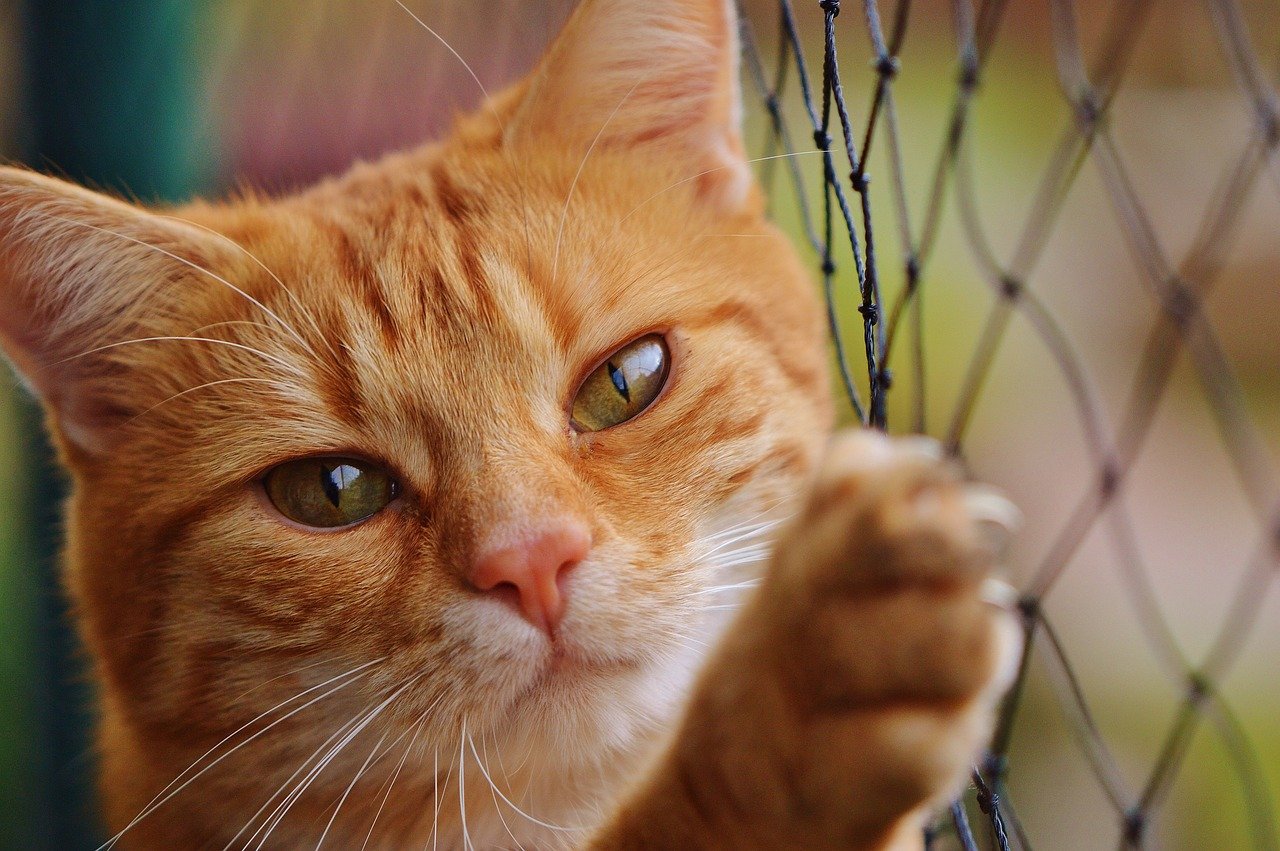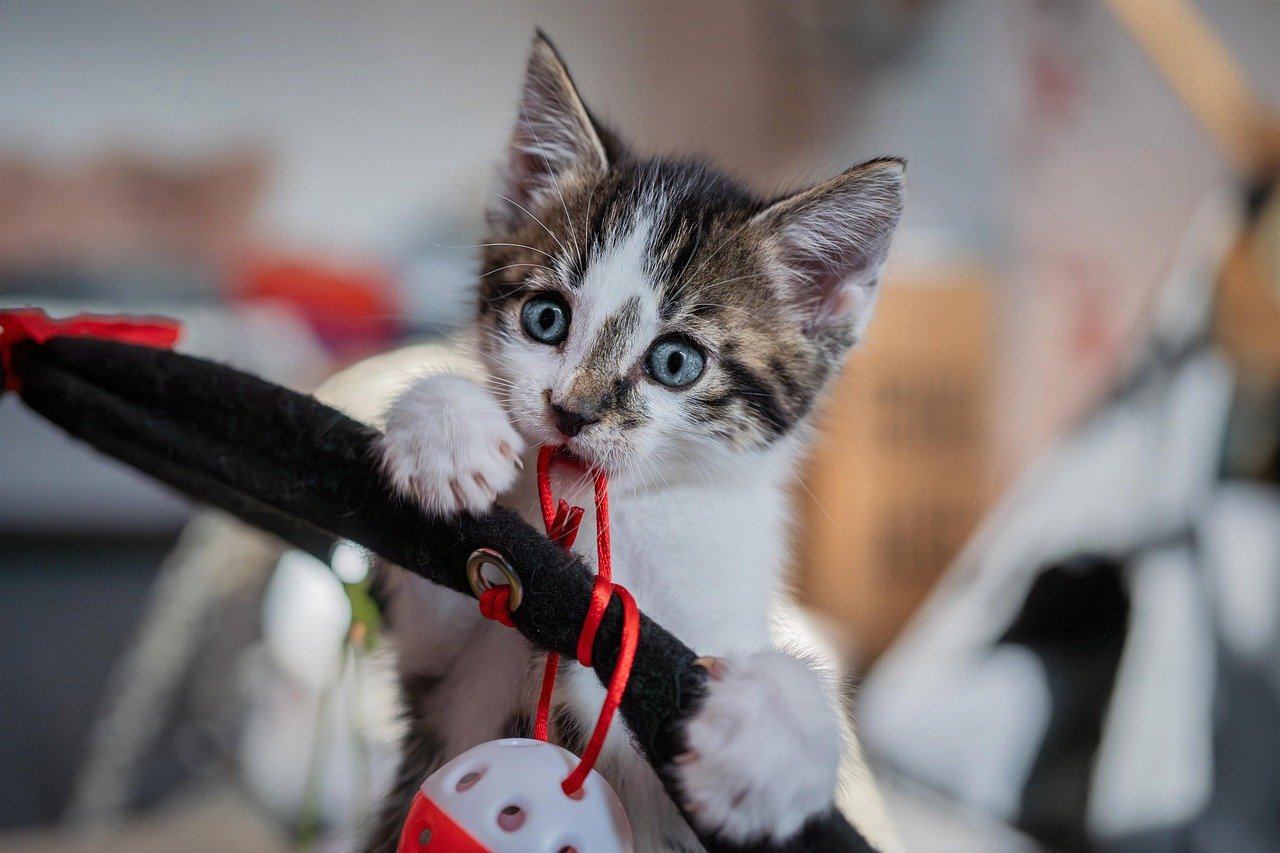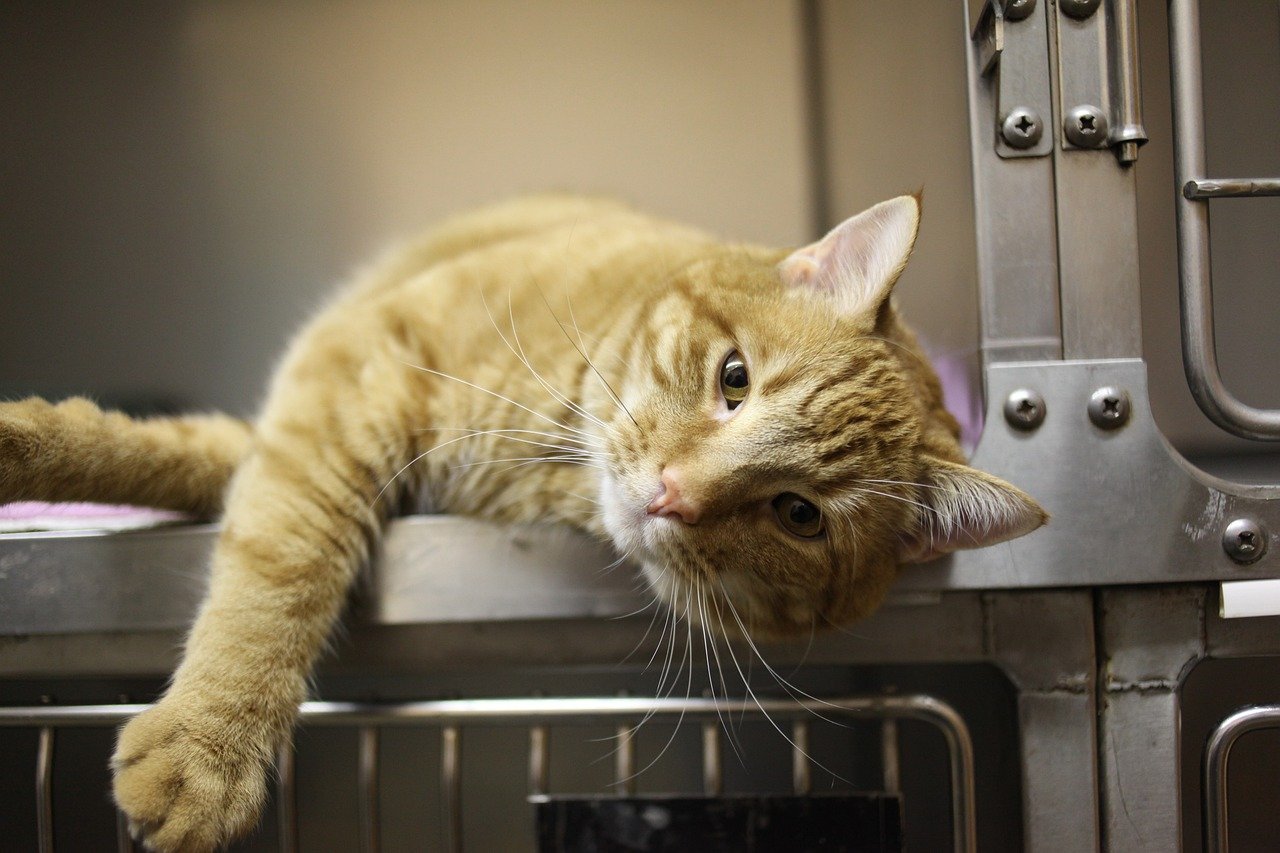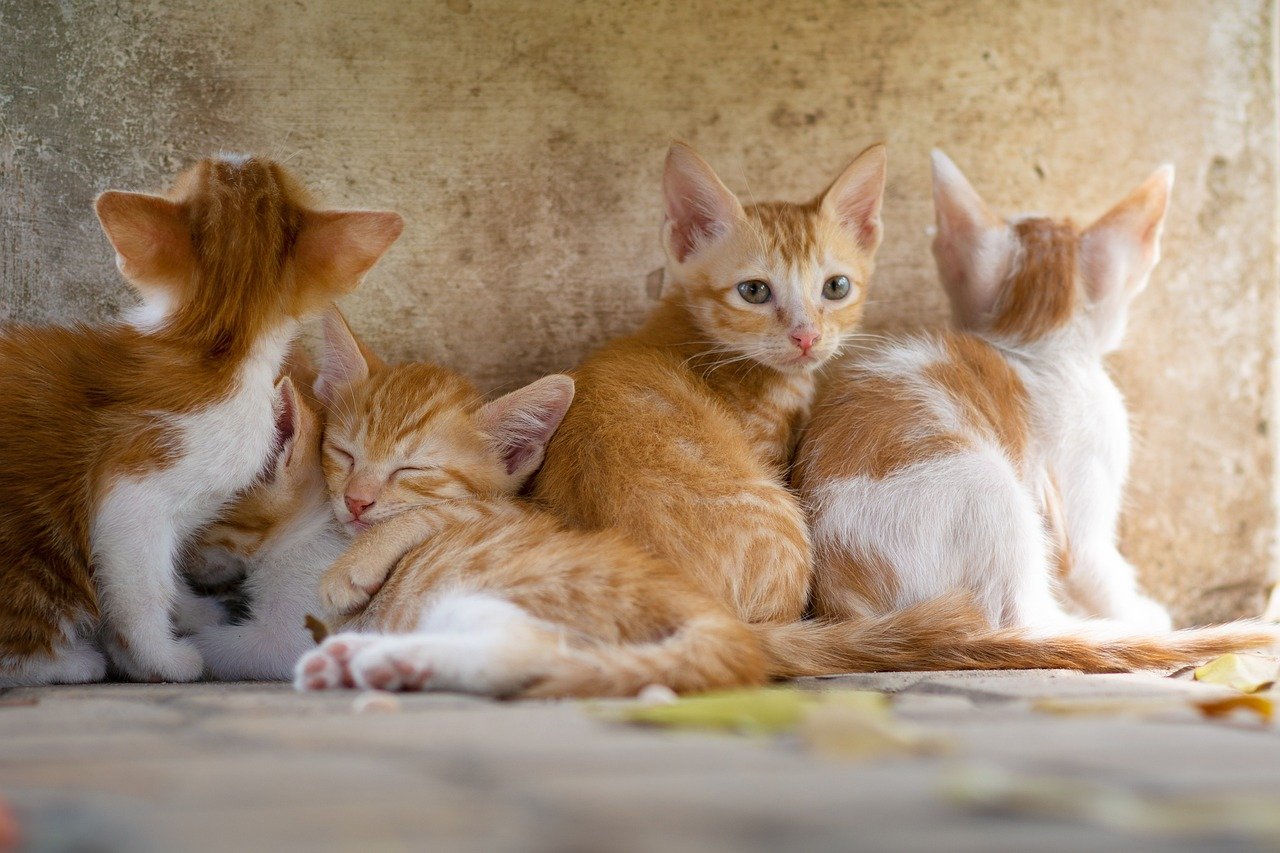Imagine stepping into a world where every scent is unfamiliar, every sound is new, and every face is a stranger. For a cat, moving into a new home is a whirlwind of uncertainty and overwhelming sensations. This moment can be both exciting and frightening, and it’s in these first days and weeks that a cat’s emotional security is truly tested. For cat lovers, nothing is more heartwarming than seeing a once-nervous feline slowly unfurl in comfort and trust. But what exactly helps cats feel safe and loved in their new environment? Let’s unravel the secrets behind helping our feline friends find their emotional footing in a brand-new home.
Familiar Scents Make a World of Difference
A cat’s sense of smell is extraordinary, acting as a powerful anchor in unfamiliar territory. When a cat moves to a new home, everything smells different—this can be quite unsettling. Bringing items that carry the cat’s familiar scent, like a favorite blanket or an old toy, can provide instant comfort. It’s like bringing a piece of “home” into the unknown. Rubbing a soft cloth on the cat’s cheeks and then placing it around the new space can further spread their scent, reinforcing a sense of ownership and safety. Smelling their own scent in a new environment tells a cat, “You belong here.” This simple act can turn anxiety into assurance, helping them relax much faster.
The Power of a Quiet, Safe Haven

Cats need a place to retreat when the world feels too much. A designated, quiet room with cozy hiding spots can become their sanctuary. This space should be away from loud noises and heavy foot traffic, allowing the cat to observe and adapt at their own pace. Providing boxes, soft beds, or even a covered carrier gives them options for privacy and safety. It’s comforting for a cat to know they can hide whenever they feel overwhelmed. Over time, as confidence grows, a cat will venture out more, knowing that their safe haven is always there when needed.
Consistency in Routine Builds Confidence
Cats are creatures of habit; they thrive on predictability. Establishing a consistent routine from day one—feeding times, play sessions, and quiet periods—helps reduce anxiety. When a cat knows what to expect, the new environment becomes less daunting. Regular routines send a powerful message: “You are safe, and your needs will always be met.” Even small changes, like keeping food and water bowls in the same place, can make a big difference. Over time, this consistency builds trust and confidence, allowing the cat to settle in emotionally.
Gentle Introductions to Family Members
Meeting new people, whether humans or other animals, can be intimidating for a cat. It’s important to introduce family members slowly and calmly. Allow the cat to approach at their own pace—never force interactions. Speak softly, offer treats, and let them sniff hands or clothing to become familiar with new scents. If there are children or other pets, supervise all introductions carefully to ensure everyone feels safe. Building positive associations with each person goes a long way in creating a secure, loving environment.
Strategic Placement of Food and Water

Where a cat eats and drinks can influence how secure they feel. Cats prefer their resources to be placed in quiet, low-traffic areas. Avoid putting food and water bowls near litter boxes, as this can cause stress. Some cats like to eat in semi-private spots where they can see the room but don’t feel exposed. Ensuring clean, fresh water and nutritious food are always available helps them feel cared for and secure. Over time, positive mealtime experiences reinforce that the new home is a safe place.
Gradual Exploration of the Home

Letting a cat explore the whole house all at once can be overwhelming. Begin by giving them access to one room, then slowly open up new areas as they gain confidence. Watch for signs of stress, such as hiding or excessive meowing, and don’t rush the process. Every cat is unique—some are bold, others are cautious. By allowing exploration at their own pace, you show respect for their comfort, helping them feel more in control and secure in their surroundings.
Interactive Playtime to Build Trust
Play is more than just fun—it’s a powerful way to bond and build trust. Using interactive toys like wands or laser pointers encourages a cat to come out and engage. Play sessions help release pent-up energy and reduce anxiety. They also provide opportunities for positive reinforcement when the cat interacts with you. Over time, regular play helps create a joyful connection, making the new home feel like a place of happiness and security.
The Importance of Vertical Space
Cats love to climb and perch up high, where they can watch the world from a safe distance. Providing cat trees, shelves, or window perches gives them options to escape or observe without feeling threatened. High vantage points make cats feel in control and less vulnerable. Even a simple bookshelf can become a favorite lookout spot. By catering to this natural instinct, you help your cat claim their territory and feel emotionally secure.
Respecting the Need for Alone Time
Unlike dogs, many cats value solitude. They may need breaks from social interaction, especially in a new environment. Respecting this need is crucial—never force cuddles or play when your cat wants to be alone. Allowing them space to decompress shows them that their boundaries are respected. In time, this leads to stronger trust and a deeper bond, as your cat learns that their new home is a place where their needs are honored.
Calming Pheromones and Soothing Sounds
Synthetic cat pheromones, available as sprays or diffusers, can help mimic the comforting scents cats produce naturally. These products can ease anxiety and promote a sense of calm. Playing soft music or leaving a gentle radio on can also create a soothing atmosphere, masking stressful noises from outside. Both of these strategies work together to make the environment feel safer, helping your cat’s emotional adjustment.
Gentle Handling and Patience

New surroundings can make even the friendliest cat wary of touch. Always handle your cat gently, using slow, deliberate movements. Avoid sudden grabs or loud voices. If your cat seems fearful, give them time to come to you. Patience is key—rushing the process can backfire and increase anxiety. Over time, gentle handling helps your cat associate you and your home with positive, loving experiences.
Establishing a Reliable Litter Box Routine

Litter box issues often signal emotional insecurity in cats. Make sure the litter box is placed in a quiet, accessible spot, away from noisy appliances or busy areas. Keep it clean by scooping daily and changing litter regularly. Some cats prefer covered boxes, while others feel trapped—observe your cat’s preference. Consistency in litter box care reassures your cat that their needs are understood, reducing stress and promoting confidence.
Encouragement Through Treats and Rewards
Positive reinforcement can work wonders in helping a cat feel secure. Offer treats when your cat explores, uses the litter box, or interacts calmly with new people. Use a soft, encouraging voice to praise them. Treats don’t just reward good behavior; they also help create positive associations with new experiences. Over time, your cat will link the new home with comfort, safety, and delicious rewards.
Slow Introduction to Other Pets

If there are other animals in the home, introductions must be handled with care. Keep the new cat separated at first, allowing them to get used to each other’s scent through closed doors. Gradually allow supervised meetings, using treats and calm voices to encourage positive interactions. Never leave pets alone together until you’re sure they’re comfortable. This slow approach minimizes stress and builds a foundation for peaceful co-existence.
Visual Stimulation and Entertainment
Boredom can lead to anxiety, especially in indoor cats. Provide plenty of visual stimulation—window perches to watch birds, fish tanks (safely secured), or even cat-safe videos. Interactive toys and scratching posts also keep your cat engaged. Stimulating their natural curiosity and hunting instincts helps distract from stress, making the new home a place of fun discovery.
Allowing for Gradual Socialization
Some cats are naturally more social than others. Allow your cat to set the pace for social interactions, both with people and animals. If your cat chooses to hide or observe from a distance, let them. Forcing socialization can backfire, causing more fear. By respecting their comfort zone, you build trust and emotional security, helping your cat warm up in their own time.
Caring for Health and Medical Needs

A healthy cat is a happy cat. Schedule a check-up with a veterinarian soon after bringing your cat home. Address any health concerns promptly, and keep up with vaccinations and preventative care. A cat that feels physically well is more likely to adjust emotionally. Make medication or vet visits as stress-free as possible, using treats, gentle handling, and lots of praise.
Understanding Body Language and Cues
Cats communicate volumes through body language. Learn to recognize signs of stress, such as flattened ears, puffed tails, or low crouching. Respect these signals by backing off when your cat seems anxious. On the flip side, a relaxed posture, slow blinks, and gentle purring indicate growing comfort. Responding appropriately to these cues deepens your bond and reassures your cat that they are understood.
Creating Predictable Boundaries and Rules

Establishing clear boundaries helps cats know what to expect. Decide early on which areas of the house are off-limits, and stick to these rules. Use gentle redirection rather than punishment if your cat breaks a rule. Predictable boundaries help reduce confusion and anxiety, making it easier for your cat to navigate their new environment. Over time, this clarity leads to a more confident, secure cat.
Celebrating Small Victories and Progress

Every tiny step forward—a brave sniff of a new room, a hesitant purr, a playful swat at a toy—deserves to be celebrated. Progress may be slow, but recognizing and encouraging each milestone builds confidence. Share these moments with your family and take pride in your cat’s journey. Each victory, no matter how small, is a sign that your cat is feeling safer and more at home.
The Role of Human Compassion and Empathy
Above all, the emotional security of a cat in a new home is shaped by the kindness, patience, and empathy of their human companions. Understanding that every cat is unique and may need different things to feel safe is essential. Offering unwavering support, gentle encouragement, and unconditional love creates an unbreakable bond. As you watch your cat blossom in their new environment, remember: your compassion is the key to their happiness.
Hi, I’m Bola, a passionate writer and creative strategist with a knack for crafting compelling content that educates, inspires, and connects. Over the years, I’ve honed my skills across various writing fields, including content creation, copywriting, online course development, and video scriptwriting.
When I’m not at my desk, you’ll find me exploring new ideas, reading books, or brainstorming creative ways to solve challenges. I believe that words have the power to transform, and I’m here to help you leverage that power for success.
Thanks for stopping by, Keep coming to this website to checkout new articles form me. You’d always love it!






